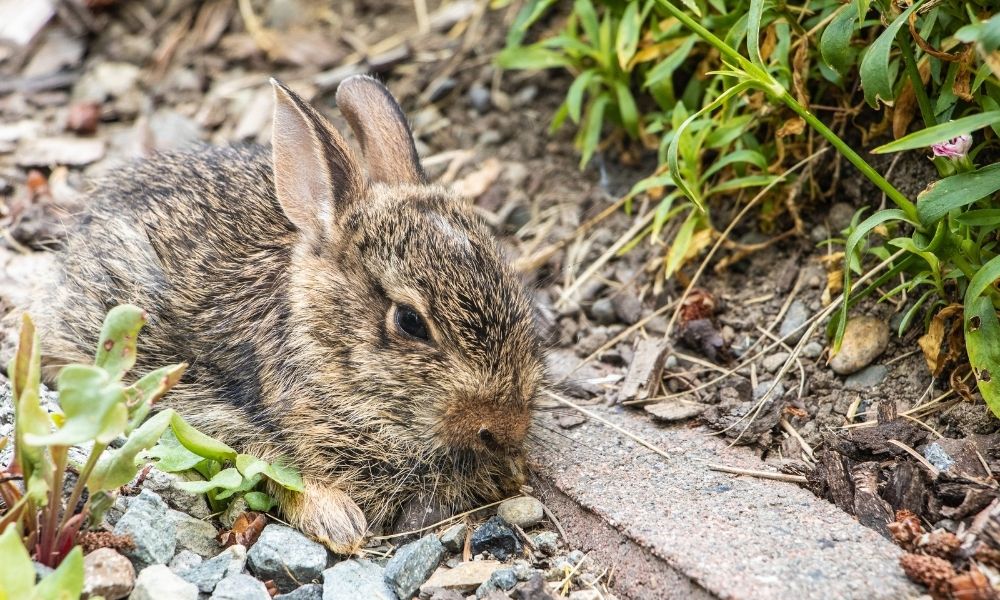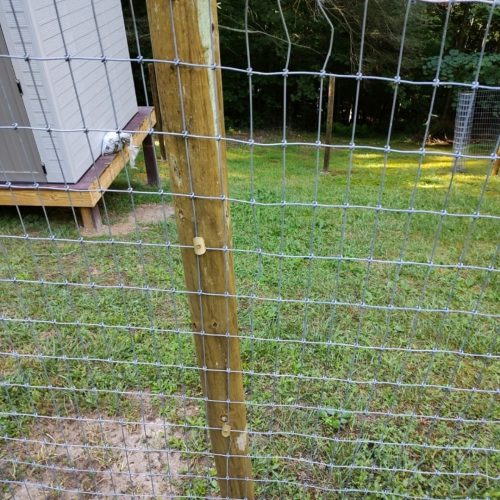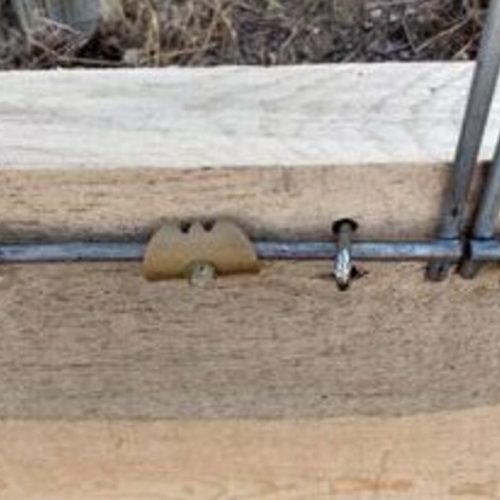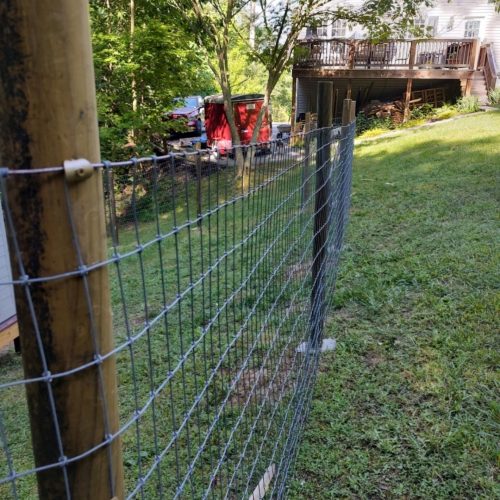Proper fence wire tensioning is essential for maintaining the structural integrity and functionality of your fence. Whether you’re installing a boundary fence, securing livestock, or adding a trellis for climbing plants, getting the tension right ensures that your fence is effective and durable. We’ll explore various aspects of fence wire tensioning, address common issues that may arise, discuss the tools needed, and provide practical examples to help you achieve optimal tension for your fencing project.
Understanding Fence Wire Tensioning: The Basics
Fence wire tensioning involves creating the right amount of tension in the wires to keep them secure and prevent sagging. Proper tension ensures that the fence effectively fulfills its purpose, whether it’s containing animals, delineating property boundaries, or providing support for plants.
Tools of the Trade: Essential Equipment
Before delving into fence wire tensioning, it’s crucial to gather the necessary tools:
- Tensioning Tool, A tensioning tool, such as a fence wire stretcher, is essential for achieving consistent and adequate tension.
- Clamps or Grips, These tools help hold the wire in place as you tension it.
- Wire Cutters, You’ll need wire cutters to trim excess wire after tensioning.
- Measuring Tape, Accurate measurements are vital for achieving uniform tension across the entire fence.
- Cats claws, these little guys are fencing claws, to protect your thumbs from the dreaded hammer and staple, grab a pot of these and an impact for optimal strength and security.

Common Tensioning Issues and Solutions
- Sagging Wires, Sagging wires are a common issue caused by inadequate tension or environmental factors. To address sagging, use a tensioning tool to gradually increase tension until the wire is taut. Attach clamps or grips to hold the wire in place before securing it.
- Uneven Tension, Uneven tension can result in an unbalanced appearance and compromised functionality. Measure the tension of each wire using a tensioning tool, making adjustments as needed to achieve uniform tension across the fence.
- Over-Tensioning, Applying excessive tension can lead to wire breakage or damage to the fence posts. Follow manufacturer guidelines or recommended tension levels for the type of fence you’re installing. Avoid overstretching the wire.
- Tension Loss Over Time, Environmental factors and temperature changes can cause tension loss over time. Regularly inspect and adjust the tension of your fence wires to maintain their effectiveness.
Practical Examples: Tensioning Different Fence Types
- Livestock Fencing, When tensioning wire for livestock fencing, it’s essential to strike a balance between security and animal safety. Use a tensioning tool to achieve moderate tension, ensuring the wires are secure without risking injury to the animals.
- Garden Trellis, For a garden trellis, proper tension ensures that climbing plants have adequate support. Attach the wire to the trellis structure, then use a tensioning tool to gently tighten the wire. Avoid over-tensioning, as it could damage delicate plants.
- Boundary Fence, Tensioning a boundary fence requires consistent tension to maintain a clean and professional appearance. Begin by securing the wire to one end post, then use a tensioning tool to gradually tighten the wire as you move along the fence line.
Tools of Precision: Achieving Optimal Tension
- Use a Tensioning Tool, A tensioning tool provides the necessary leverage to achieve consistent tension. Start by attaching the wire to one end post, then use the tool to gradually increase tension until the wire is taut.
- Secure with Clamps, Once the wire is under tension, secure it in place using clamps or grips. This prevents the wire from losing tension while you work on other sections of the fence.
- Check Tension Regularly, Environmental factors can impact tension over time. Periodically check the tension of your fence wires and make adjustments as needed to maintain proper tension.
Safety First: Tips and Precaution
- Wear Protective Gear, Fence wire tensioning can be physically demanding. Wear appropriate gloves and safety goggles to protect your hands and eyes if your concerned about getting injured, if not, fire away!
- Mind the Wire Ends, Sharp wire ends can cause injuries. After tensioning, trim excess wire using wire cutters and secure the trimmed ends with appropriate caps or coverings.
- Work with a Partner, Tensioning wire can be challenging when done alone. Enlist the help of a partner to ensure that the wire is properly tensioned and secured.
The Art of Perfect Tension
Mastering fence wire tensioning is a valuable skill that contributes to the longevity, effectiveness, and aesthetics of your fencing project. With the right tools, techniques, and attention to detail, you can achieve optimal tension that meets the specific requirements of your fence type and purpose.
As you stand back to admire your properly tensioned fence, take pride in knowing that your efforts have resulted in a secure, functional, and visually appealing addition to your property. Whether it’s a livestock enclosure, a trellis for climbing plants, or a boundary fence, your skillful tensioning ensures that your fence stands as a testament to your craftsmanship and dedication.
Remember that while challenges may arise, your commitment to achieving perfect tension will pay off in a fence that not only meets its intended purpose but also showcases your proficiency in the art of fence wire tensioning.
At Cat’s Claw Fasteners, we celebrate your curiosity! Reach out to us for your questions and get in touch with our Head Cat Collector, Chava, via email at chava@catsclawfasteners.com. Stay informed with our blog and follow us on Facebook, Instagram, Pinterest, and Youtube for more exciting content!
About the writer: Jake
Jake Walker is Cat’s Claw Fasteners go-to guy for anything related to fencing, gates, installation, and materials! Thanks to his background as a professional fencing installer as well as content writer, combined with a bit of his British twang and ideas from across the pond, he keeps the audience captive. Don’t worry if you don’t understand his British slang or sense of humor; we don’t always understand him, and he doesn’t always fully understand us.
Get in touch of Jake via email at ralph@catsclawfasteners.com , be sure to use ATTN:Jake if you have any questions about all thing social, writing, fencing, or just want to make fun of his British accent.
Read Next: Keep Rabbits Out of Gardens : Top Tips for How to Do It

.png)









